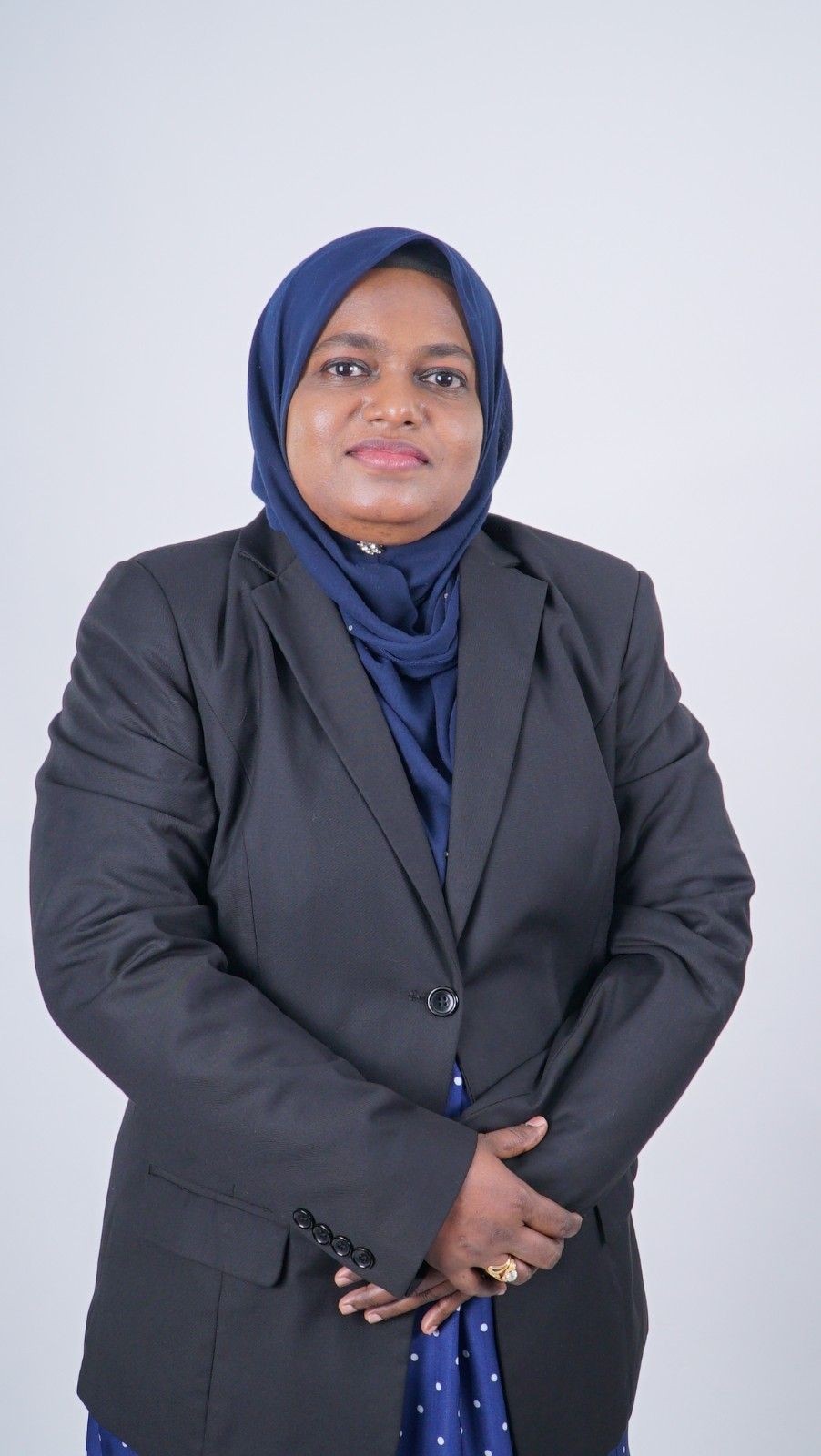A new artificial intelligence (AI) model is reshaping how Autism Spectrum Disorder (ASD) is screened, offering faster, more accurate, and more scalable detection across age groups.
Developed through an international research collaboration that included INTI International University, the model achieved up to 99.06% accuracy in identifying ASD in children, adolescents, and adults, outperforming many existing diagnostic systems.

Prof. Ts. Dr. Siti Sarah Maidin’s research highlights how autism spectrum disorder detection and classification can be achieved through non-invasive AI methods.
At the centre of the study is the Chaotic Binary Butterfly Optimisation Algorithm-based Feature Selection and Data Classification model, or CBBOAFS-DC. The model analyses behavioural and developmental data to identify the traits most relevant to autism, supporting healthcare professionals in making earlier assessments.
For many families, autism diagnosis is often delayed due to long wait times, limited access to specialists, or a lack of services in rural and underserved areas. These delays can mean children miss out on early intervention support that has been shown to improve communication, behaviour, and learning outcomes significantly. Traditional screening tools also face consistency challenges, particularly when applied across different age groups or populations.
“This is not a replacement for conventional methods,” said Prof. Ts. Dr. Siti Sarah Maidin of the Faculty of Data Sciences and Information Technology at INTI International University. “It’s a tool to support healthcare providers, especially in early screening. The earlier autism is detected, the earlier children can receive the necessary interventions.”
“We’re helping bridge the gap between limited diagnostic resources and the growing need for early autism detection,” she added. “The idea is to support, not substitute, clinical expertise—especially in underprivileged communities.”
CBBOAFS-DC uses AI to process data from screening tools quickly and consistently, reducing reliance on time-intensive manual evaluations. Its hybrid architecture sets it apart from conventional approaches.
Where traditional models often rely on algorithms like decision trees or logistic regression, CBBOAFS-DC uses a three-step design:
• It selects only the most relevant features using a butterfly-inspired optimisation technique
• Applies a deep learning engine to detect subtle behavioural patterns
• Then fine-tunes its internal parameters using a bacterial colony optimisation algorithm
This layered approach allows the model to handle the complexity of ASD traits across age groups and adapt to a variety of screening contexts—bringing researchers closer to a more universal screening solution.

The CBBOAFS-DC model was tested on datasets across age groups, achieving up to 99.06% accuracy, surpassing many existing diagnostic models.
The research was conducted in collaboration with Sri Manakula Vinayagar Engineering College and Vellore Institute of Technology in India, as well as institutions in Saudi Arabia. INTI’s involvement highlights the university’s growing role in applied AI research with real-world healthcare and social impact